From smart spacesuits to solar surfing, 18 high-tech projects designed to push the envelope of space technology have been selected for the NASA Innovative Advanced Concepts (NIAC) program. The dozen and a half early studies are being funded at up to US$500,000 each to aid in the long-term exploration and exploitation of the Moon and beyond.
If there's one thing that has marked NASA's missions since its inception in the 1950s, it's been the willingness to invest in bleeding-edge technology in everything from rocket design to zero-gravity pens. It's an approach that has resulted in both embarrassments and dividends, and it's one that the NIAC program aims to continue.
"Our NIAC program nurtures visionary ideas that could transform future NASA missions by investing in revolutionary technologies," says Jim Reuter, acting associate administrator of NASA's Space Technology Mission Directorate. "We look to America's innovators to help us push the boundaries of space exploration with new technology."
The current NIAC selections are divided into Phase I and Phase II awards. Phase I is worth about US$125,000 for a nine-month evaluation and definition of concepts, while Phase II is for more advanced studies and includes an award of up to US$500,000 for two years. The space agency says that all the projects are at a conceptual phase and at least a decade from practical applications.
The Phase I selections include:
Bioinspired Ray for Extreme Environments and Zonal Exploration (BREEZE)
Javid Bayandor, State University of New York, Buffalo.
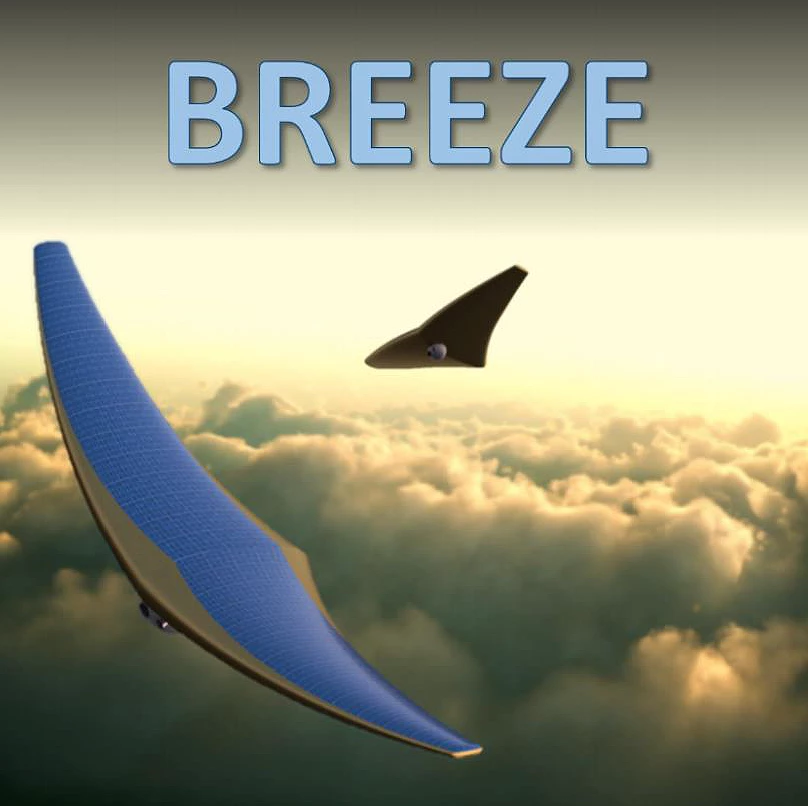
BREEZE is an inflatable robotic flier inspired by ray fish that would float and glide through the upper layers of the atmosphere of Venus at 50 to 60 km (31 to 37 mi) in altitude. It would be solar powered and be able to vary its altitude through the use of tensioning cables to alter the volume of the craft.
According to the developers, the BREEZE craft would be able to use the zonal winds like jet streams to circumnavigate the planet in four to six days – charging up on the 2-3 days on the day side and exploring the night side. Instruments carried could include mass spectrometer, nephelometer, visible and near-infrared high resolution cameras, magnetometer, and anemometer, as well as sensors for measuring atmospheric pressure, temperature, and density, and others.
Power Beaming for Long Life Venus Surface Missions
Erik Brandon, NASA's Jet Propulsion Laboratory (JPL), Pasadena, California.
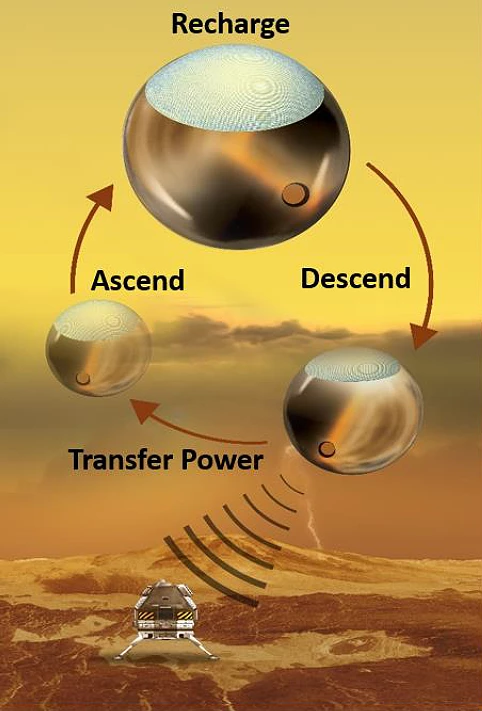
Another project aimed at the exploration of Venus, the Power Beaming study will look at providing electricity to Venus surface missions. In this an "atmospheric platform" (a balloon) would be mounted with solar panels, batteries, and a radio frequency or microwave transmitter. The balloon would float in the upper layers of the Venusian atmosphere, where the sunlight would charge the batteries.
Once the batteries are charged, the balloon would sink into the lower atmosphere, where the opaque clouds prevent surface landers from using their own solar panels for energy. The balloon's transmitter would then beam energy to a lander, which is equipped with special rechargeable, high-temperature molten salt or solid electrolyte batteries, or a solid oxide regenerative fuel cell system that can survive the surface temperatures of Venus that are high enough to melt lead. The balloon would then ascend and repeat the process.
SmartSuit
Ana Diaz Artiles, Texas A&M Engineering Experiment Station, College Station.
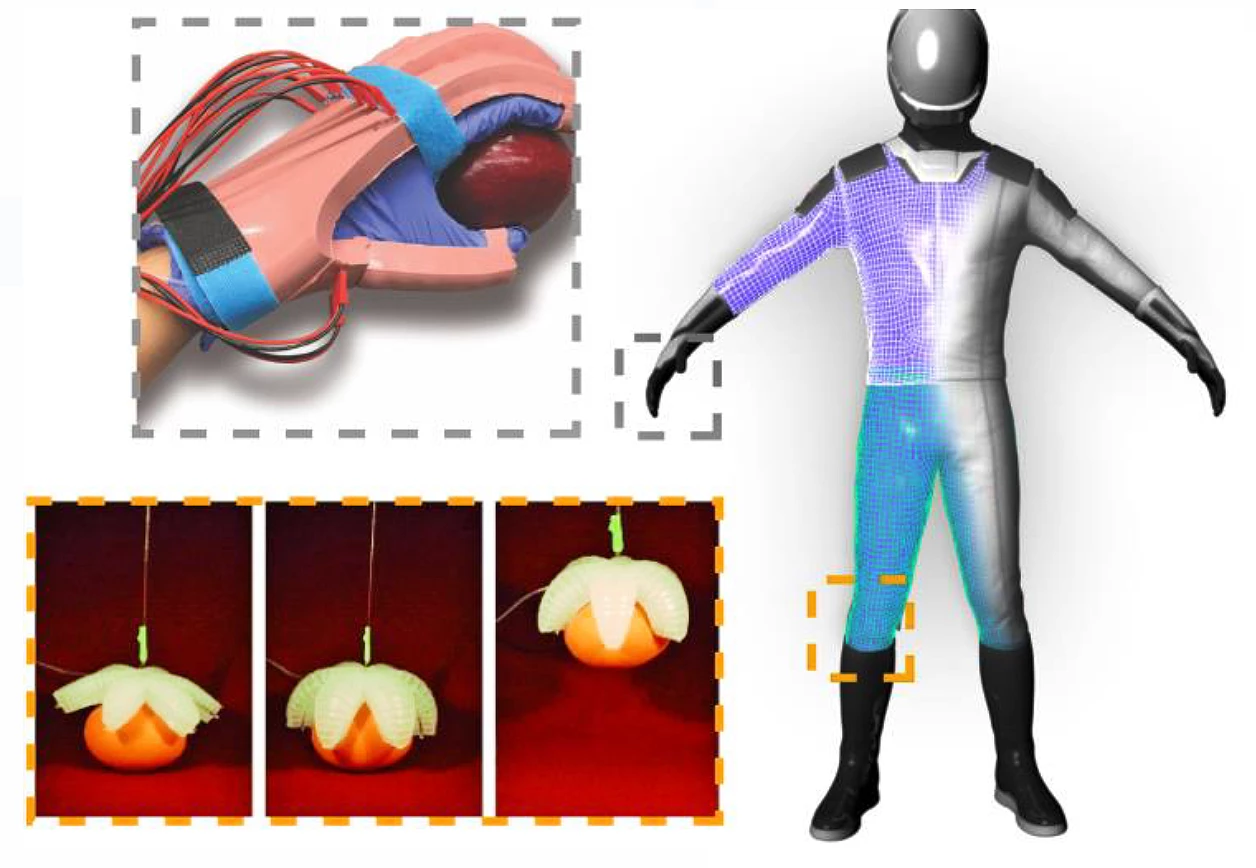
The SmartSuit is designed for use on Mars and other planetary missions, but instead of being a passive, pressurized gas bag, it uses soft-robot technology and a soft, stretchable skin that is self healing and incorporates embedded sensors. The latter can collect data, and display environmental and membrane structural information.
The idea is that the SmartSuit is an intelligent suit that is intended to enhance user mobility and dexterity as well as interacting with its environment. The soft robotic elements also allow the suit to exert mechanical counterpressure, meaning that the suit doesn't need to be pressurized to the same degree as a conventional suit.
Dual Use Exoplanet Telescope (DUET)
Tom Ditto, 3DeWitt LLC, Ancramdale, New York.
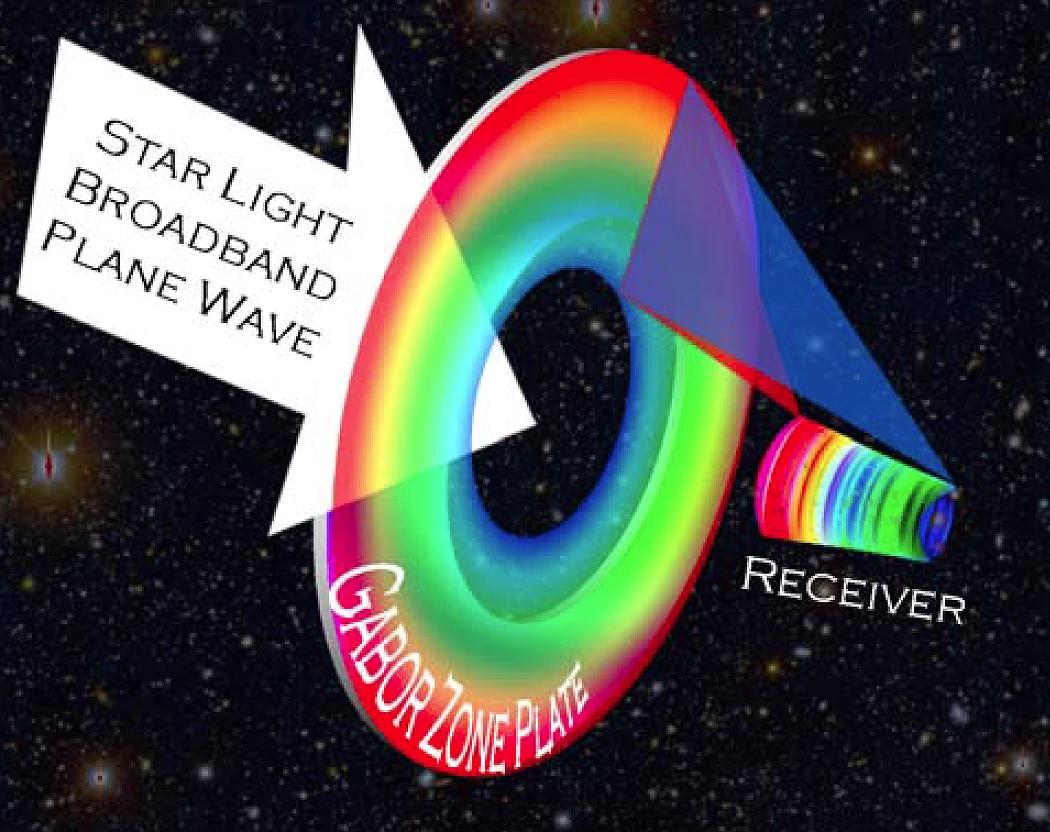
DUET is a new exoplanet hunting telescope design that would have four times the collection area of a ground-based telescope, yet is light enough to be delivered in a single rocket payload. The orbital instrument manages this increase by eliminating the need for a star shade or coronagraph by means of a dual dispersion technique first studied by Newton that allows DUET to separate the different light wavelengths of an exoplanet and its parent star.
Micro-Probes Propelled and Powered by Planetary Atmospheric Electricity (MP4AE)
Yu Gu, West Virginia University, Morgantown.

This novel study is based on the ballooning capabilities of spiders and envisions planetary exploration missions undertaken by thousands of microprobes weighing about 50 mg each. These would include a 200-meter-long (660-ft) string loop for providing atmospheric drag and generating a small electric charge to power the probe as it floats in a designated atmospheric layer of a planet.
Swarm-Probe Enabled ATEG Reactor (SPEAR) Probe
Troy Howe, Howe Industries LLC, Tempe, Arizona.

SPEAR is an ultra-lightweight nuclear electric propulsion probe for deep space exploration. It would be powered by a new, lightweight reactor moderator and advanced thermoelectric generators (ATEGs) to cut down on mass. Though the reactor would not generate as much power as other designs, this would be offset by its lower cost that would enable an increase in the the number of deep space missions. In addition, its use of low-grade uranium means that it could be operated commercially.
Ripcord Innovative Power System (RIPS)
Noam Izenberg, Johns Hopkins University, Laurel, Maryland.

RIPS is a system for providing power to short-lived atmospheric probes. Essentially, it is a line that plays out on a drogue chute from the probe, with the drag forces harnessed to generate electrical power during the descent. This approach would be suitable on atmospheric entry probes for gas giant planets, which require high power for a short period.
Power for Interstellar Fly-by
Geoffrey Landis, NASA's Glenn Research Center, Cleveland.

This is an interstellar mission that uses a laser propulsion system to push ultra-miniature probes across interstellar distances to fly by an exoplanet. According to the proponents, at this scale, the probes could harvest energy like tiny generators as they move through the new star system.
Lunar-polar Propellant Mining Outpost (LPMO)
Joel Serce, TransAstra Corporation, Lake View Terrace, California.
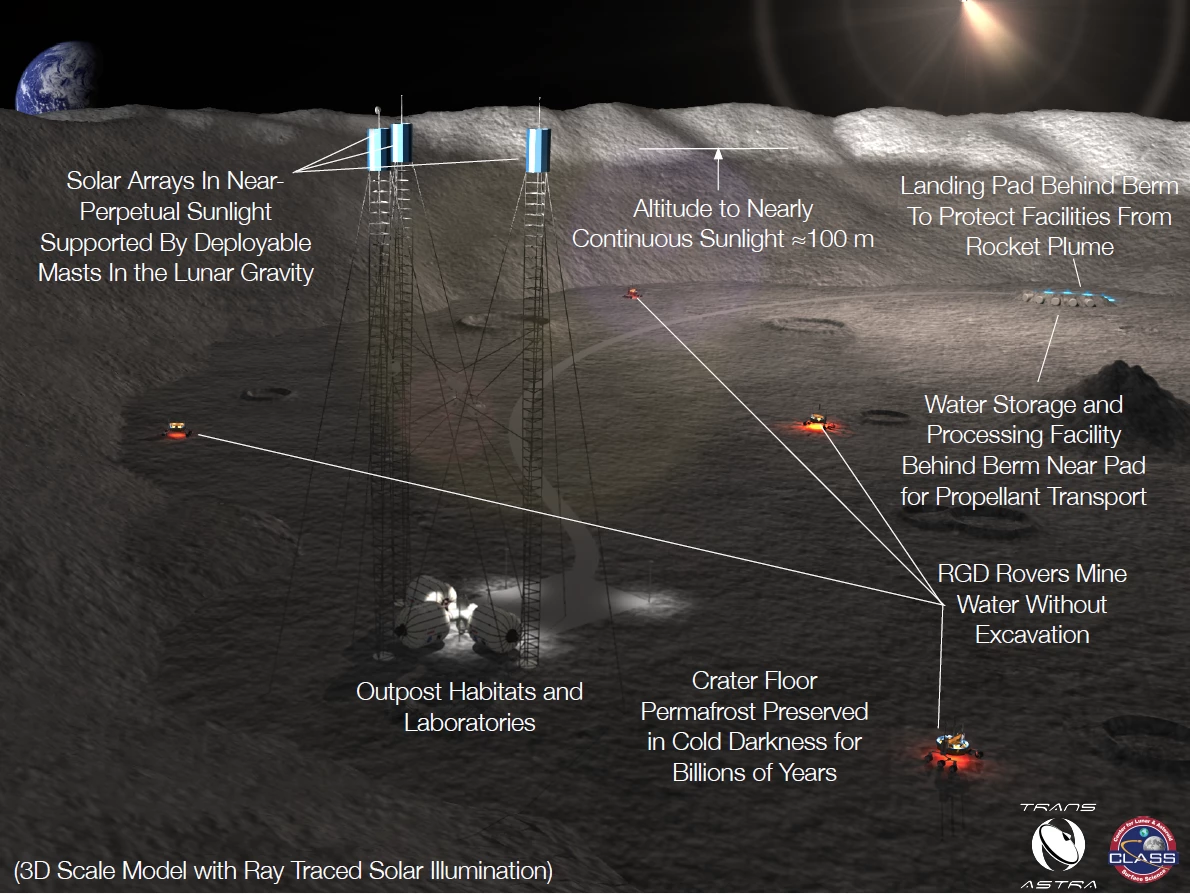
A lunar mining proposal, LPMO is designed to reduce the need for excavating ice at the Moon's poles by using deployable solar arrays held vertically on masts 100 m (330 ft ) high to power a Radiant Gas Dynamic (RGD) mining operation. Instead of digging out the ice, the LPMO would use a combination of radio frequency, microwave, and infrared radiation to heat the ice deposits, which would then sublimate and be collected in cryotraps to change the gas to liquid form.
Crosscutting High Apogee Refueling Orbital Navigator (CHARON)
John Slough, MSNW LLC, Redmond, Washington.
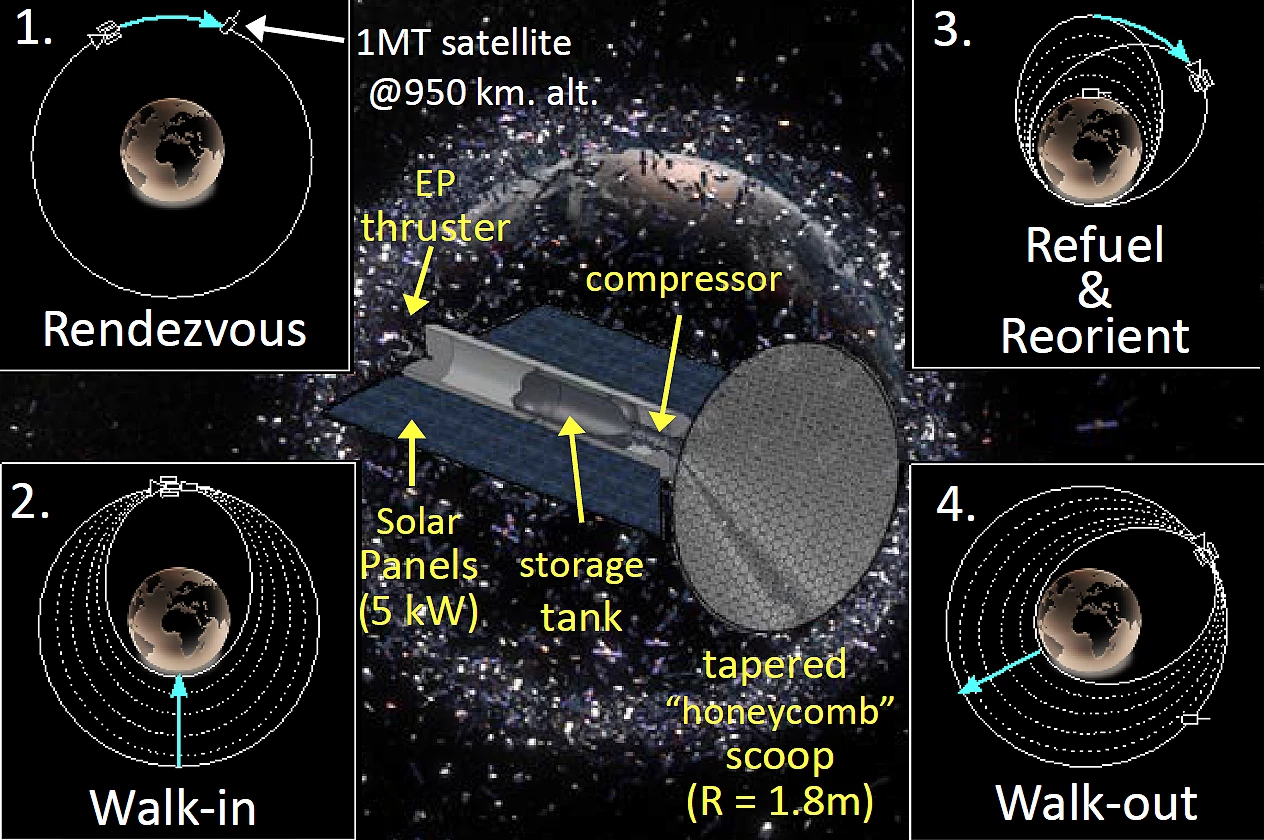
Operating closer to home, CHARON is a concept aimed at cleaning up the space debris that orbits the Earth and poses a hazard to satellites and other spacecraft. CHARON uses an Electrodeless Lorentz Force thruster, which is a form of ion engine that is both ultra-light and has a high thrust-to-power ratio. It would be placed in an elliptical orbit around the Earth, where it would intercept and ferry debris into decaying orbits of under 25 years. With its thruster, it will be able to change its orbit to hunt down its targets and by dipping into the atmosphere it will be able to collect oxygen and nitrogen molecules for propellant, making it essentially self-refueling.
Thermal Mining of Ices on Cold Solar System Bodies
George Sowers, Colorado School of Mines, Golden.
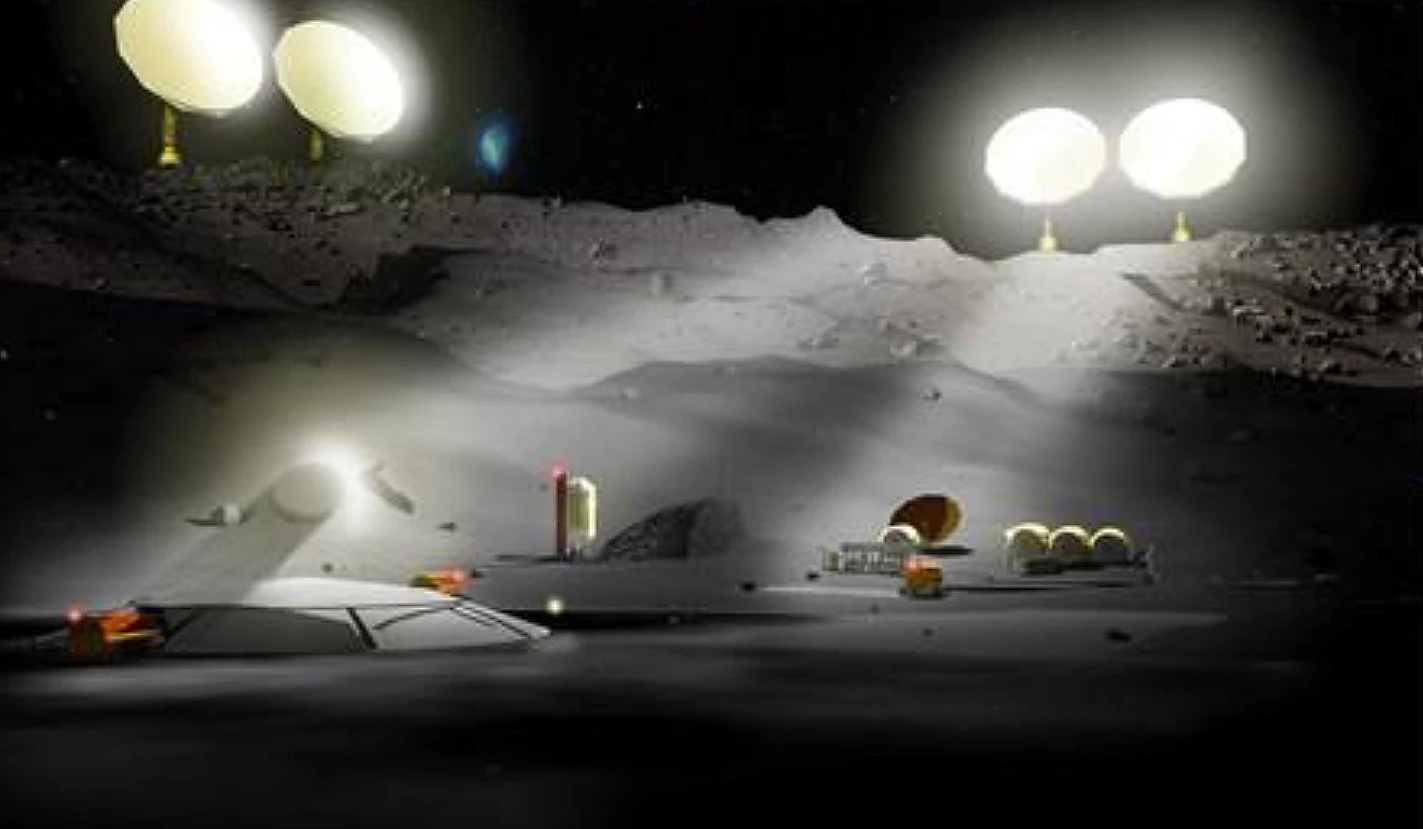
Another lunar mining concept, this one uses redirected sunlight or sun-heated subsurface conductors that would heat up ice deposits, which would sublimate up through bore holes and be collected in dome tents for refreezing and collection.
Low-Cost SmallSats to Explore to Our Solar System's Boundaries
Robert Staehle, JPL.
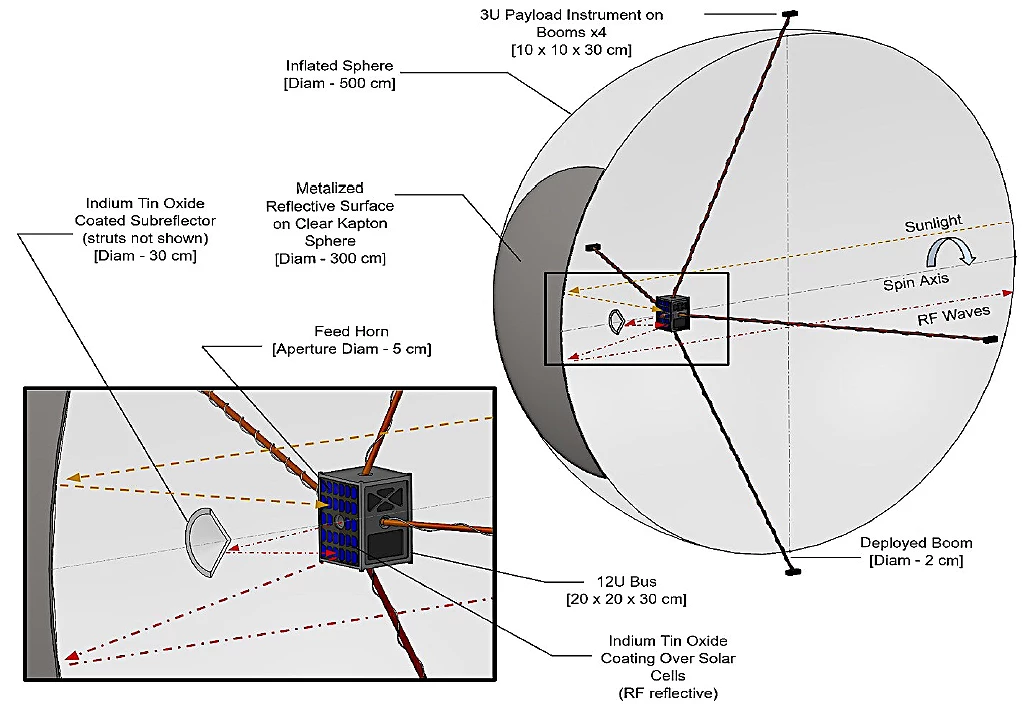
This project is aimed at deep space exploration on the edge of the solar system. In order to send large swarms of low-cost spacecraft beyond Jupiter, the proponents want to produce CubeSat-like craft that can be launched as secondary payloads on planetary missions.
The 2019 Phase II selections include:
The High Étendue Multiple Object Spectrographic Telescope (THE MOST)
Tom Ditto, 3DeWitt LLC, Ancramdale, New York.
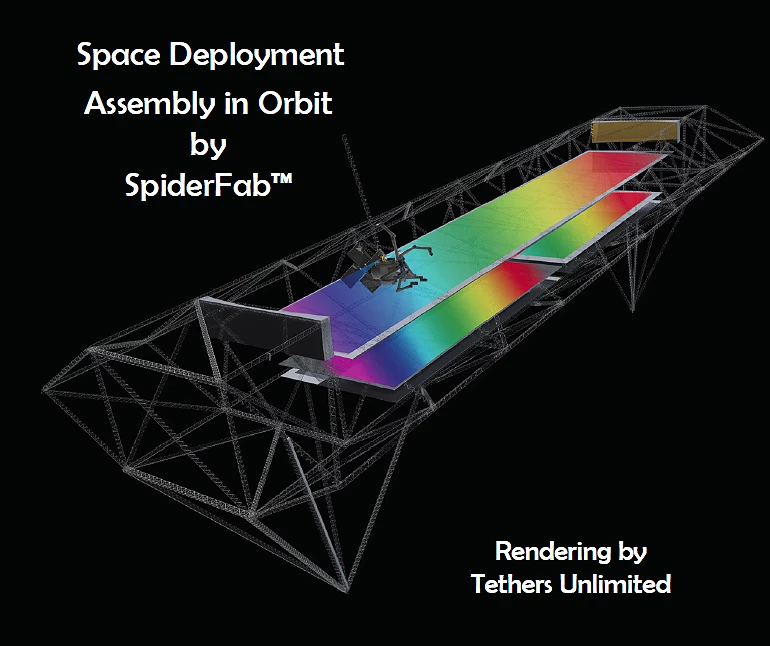
THE MOST is a concept for a new kind of space telescope that could record a high resolution spectrum for every object in a field-of-view that is 100 times greater than previous telescopes. It does this by casting light through a grating plane to defract it and create a spectrographic image of the entire sky using a flat membrane that is highly tolerant of surface errors compared to mirrors. Phase II will see construction and testing of a laboratory model of THE MOST.
Rotary-Motion-Extended Array Synthesis (R-MXAS)
John Kendra, Leidos, Inc., Reston, Virginia.
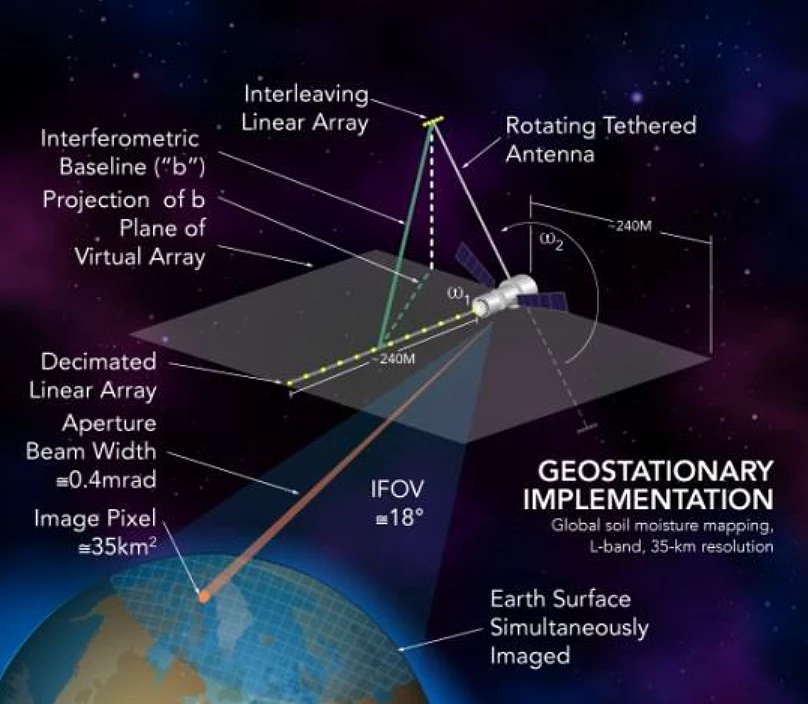
R-MXAS is a synthetic aperture imaging radiometer that is smaller and uses less power than current versions. It does this by means of interferometric baselines produced between a flat array and a rigid tether.
Self-Guided Beamed Propulsion for Breakthrough Interstellar Missions
Chris Limbach, Texas A&M Engineering Experiment Station, College Station.
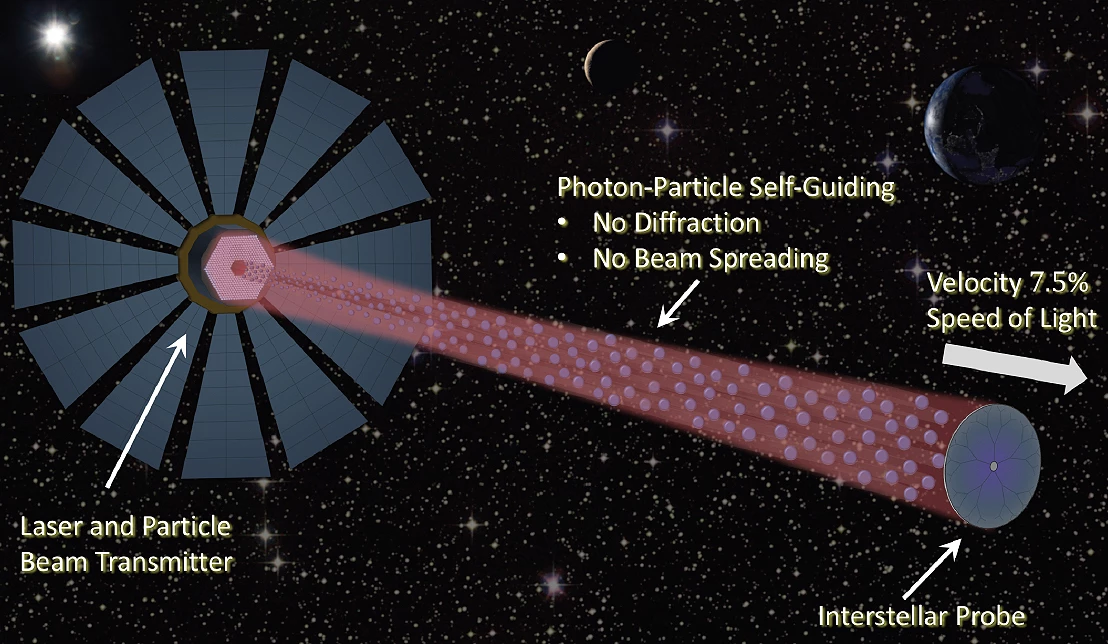
Another interstellar mission, this one uses a combination of lasers and particle beams to create a self-guiding energy beam that can propel an unmanned probe at speeds of up to 10 percent of the speed of light. By using a neutral particle beam and a laser, the proponents claim that thermal expansion and diffraction during beam propagation through space would be eliminated.
Astrophysics and Technical Lab Studies of a Solar Neutrino Spacecraft Detector
Nickolas Solomey, Wichita State University, Kansas.

This is a miniaturized neutrino detector designed for solar probes to detect neutrinos in close orbit of the Sun. The proponents say that a properly designed instrument in space could weigh only 250 kg (550 lb), yet do the same job as a 3,000-tonne ground-based detector.
Diffractive LightSails
Grover Swartzlander, Rochester Institute of Technology, New York.

This project uses a solar sail that catches sunlight to provide spacecraft propulsion. That's hardly new, but instead of using simple reflective Mylar sails, the new version would have optical films using metamaterial principles. This would greatly increase efficiency because the film would allow the sail to use what is called electro-optic beam steering, where, instead of angling the sails for maintaining a course, diffracted light is used to attain the same effect, meaning that the sails could be kept at the best angle for optimum acceleration.
Solar Surfing
Doug Willard, NASA's Kennedy Space Center, Cape Canaveral, Florida.
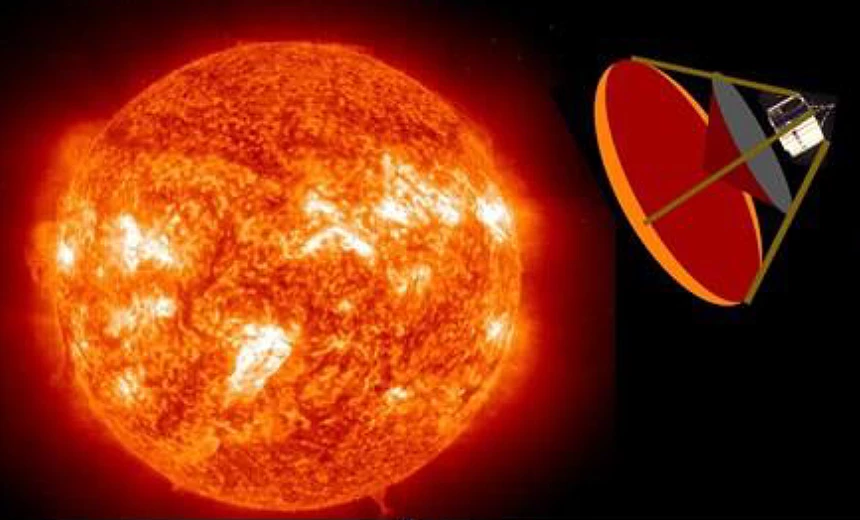
Perhaps the most dramatic proposal is for a solar surfing project. In this, an unmanned spacecraft would go deep into the Sun's corona or outer atmosphere by using a high-reflectivity coating to cover a thin solar shield and a secondary silvered reflective cone between the shield and the spacecraft to disperse secondary infrared radiation. The proponents claim that this will allow a probe to come within one solar radius (432,000 mi, 695,000 km) of the Sun, or eight times closer than the Parker Solar Probe.
Source: NASA





